Description
Familiarity with treatment
The Alexandrite laser is commonly used for laser hair removal. Here is an explanation of the procedure based on the search results:
Targeting Hair Follicles: During Alexandrite laser hair removal, light pulses are emitted from the laser device and targeted at the hair follicles. The laser’s wavelength, typically 755nm, is specifically absorbed by the pigment (melanin) in the hair follicles.
Hair Removal Process: The absorbed laser energy heats up the hair follicles, damaging them and inhibiting further hair growth. This process is known as selective photothermolysis. Over time, the treated hair falls out, and the regrowth of new hair is minimized.
Suitable Treatment Areas: Alexandrite laser hair removal can be used on various body areas, including the underarms, bikini line, face, neck, back, chest, and legs. It is effective for treating dark hair in patients with Fitzpatrick skin types I to III, and it may also be suitable for light-colored type IV skin.
Treatment Settings: The typical settings used during Alexandrite laser hair removal include pulse durations of 2 to 20 milliseconds and fluences (energy levels) of 10 to 40 J/cm2. These settings can be adjusted based on individual characteristics and treatment goals.
Caution for Tanned or Darker Skin: It is important to exercise caution when performing Alexandrite laser hair removal on tanned or darker skin. The laser can also target melanin in the skin, potentially resulting in white patches of skin or other complications. Therefore, it is crucial to consult with a qualified professional to determine the appropriate settings and ensure safe treatment.
Additional Applications: Apart from hair removal, Alexandrite lasers are also used for tattoo removal. Q-switched Alexandrite lasers are particularly effective in removing black, blue, and green pigment from tattoos.
Who is it suitable for?
Based on the search results, the Alexandrite laser is generally suitable for:
Individuals with lighter skin tones: The Alexandrite laser is effective for hair removal in patients with Fitzpatrick skin types I to III, which typically includes individuals with lighter skin tones.
Those with dark, fine hair: The Alexandrite laser is particularly effective in treating dark hair. It may not be as effective for light-colored hair.
Treatment areas: The Alexandrite laser can be used for hair removal in various locations, including the underarms, bikini line, face, neck, back, chest, and legs.
Individuals seeking permanent hair reduction: Alexandrite laser hair removal can provide long-term reduction in hair growth. Multiple treatment sessions are usually required to achieve the desired results.
Who is it not suitable for?
Based on the search results, the Alexandrite laser may not be suitable for:
Very light or grey hair: The Alexandrite laser primarily targets dark color pigments, so it may not be effective for very light or grey hair.
Darker skin tones: Extreme caution is recommended when using the Alexandrite laser on tanned or darker skin, as it can potentially cause discoloration or result in white patches of skin.
Individuals with Fitzpatrick skin types IV and above: The Alexandrite laser is generally more effective for individuals with Fitzpatrick skin types I to III, which typically includes lighter skin tones.
Advantages
Based on the search results, the advantages of Alexandrite laser hair removal include:
Effective for dark, fine hair: The Alexandrite laser is particularly effective in treating dark hair. It can target the pigment in the hair follicles, leading to long-term reduction in hair growth 1.
Suitable for larger treatment areas: The Alexandrite laser is known for its speed, making it ideal for treating larger areas such as the legs or the back 2. It is the fastest system for laser hair removal 2.
Versatile for various skin types: The Alexandrite laser is effective on a wide range of skin types, from lighter skin tones to olive skin tones 2. It works better on thinner hair and can even treat individuals with light skin and freckles 2.
Permanent hair reduction: Alexandrite laser hair removal can provide long-lasting results. By targeting the hair follicles, the laser damages them and inhibits further hair growth, leading to a reduction in hair over time 3.
Innovative cooling system: The Alexandrite laser is equipped with an innovative cooling system that helps minimize discomfort during the treatment 3.
Complications
Based on the search results, the complications associated with Alexandrite laser hair removal may include:
Transient postinflammatory hyperpigmentation: This is a rare side effect that can occur in approximately 10% of cases. It refers to temporary darkening of the skin after treatment.
Burns with blisters: Although rare, there have been reported cases of burns with blisters as a complication of Alexandrite laser hair removal. It is important to ensure proper settings and technique during the procedure to minimize the risk.
Postinflammatory hypopigmentation: This is another rare side effect, occurring in approximately 2% of cases. It refers to temporary lightening or loss of pigmentation in the treated area.
Discomfort during treatment: The Alexandrite laser can cause some discomfort during the procedure. However, the innovative cooling system of the laser helps minimize this discomfort.
preoperative care
The preoperative care for Alexandrite laser hair removal typically involves the following considerations:
Consultation: Before undergoing Alexandrite laser hair removal, it is important to schedule a consultation with a qualified professional, such as a dermatologist or laser technician. During this consultation, the practitioner will assess your eligibility for the procedure and discuss your goals and expectations.
Medical history: Providing a thorough medical history is essential for treatment success. Be prepared to discuss any medical conditions, medications, allergies, or previous skin treatments you have undergone. This information helps the practitioner determine if you are a suitable candidate for Alexandrite laser hair removal.
Skin preparation: In some cases, the practitioner may recommend specific skin preparation before the procedure. This may include avoiding sun exposure, tanning beds, and self-tanning products for a certain period of time prior to treatment. It is important to follow these instructions to minimize the risk of complications.
Shaving: In most cases, the treatment area needs to be shaved prior to the Alexandrite laser hair removal session. This ensures that the laser targets the hair follicles beneath the skin surface, rather than the hair above it.
Avoiding certain products: It is generally advised to avoid using any creams, lotions, or cosmetics on the treatment area before the procedure. These products can interfere with the effectiveness of the laser treatment.
Pain management: Depending on your pain tolerance and the sensitivity of the treatment area, the practitioner may recommend applying a topical anesthetic cream or using other pain management techniques to minimize discomfort during the procedure.
Postoperative care
The postoperative care for Alexandrite laser hair removal typically involves the following considerations:
Avoiding sun exposure: After the procedure, it is important to protect the treated area from sun exposure. This includes avoiding direct sunlight, tanning beds, and self-tanning products for a certain period of time. Sunscreen with a high SPF should be applied to the treated area when going outside.
Cooling and soothing the skin: The treated area may experience redness or mild discomfort after the procedure. Applying a cool compress or using soothing creams recommended by the practitioner can help alleviate these symptoms.
Avoiding irritants: It is advisable to avoid using any harsh or irritating products on the treated area, such as exfoliants or fragranced lotions. Gentle cleansers and moisturizers should be used instead to keep the skin clean and hydrated.
Avoiding excessive heat: It is important to avoid activities that generate excessive heat in the treated area, such as hot showers, saunas, or intense physical exercise. Heat can increase the risk of complications and delay the healing process.
Following post-treatment instructions: The practitioner will provide specific post-treatment instructions tailored to your individual needs. It is important to follow these instructions carefully to ensure proper healing and minimize the risk of complications.
Scheduling follow-up appointments: Depending on the treatment plan, follow-up appointments may be necessary to monitor the progress of hair reduction and address any concerns or questions you may have.
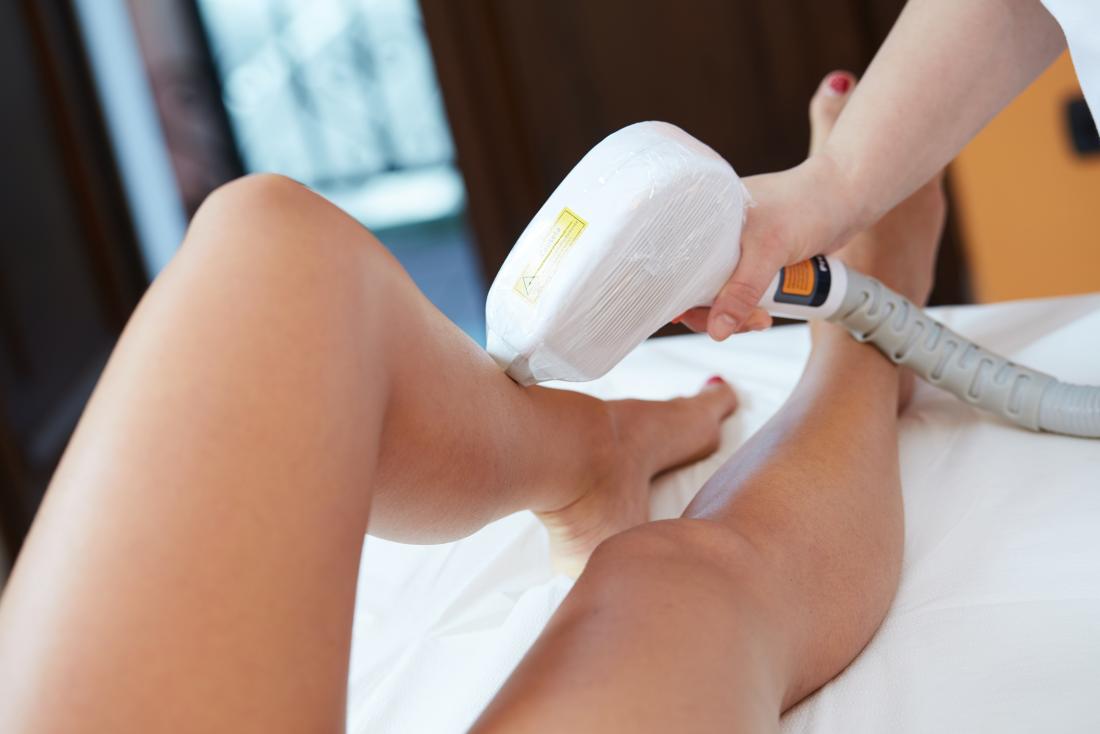
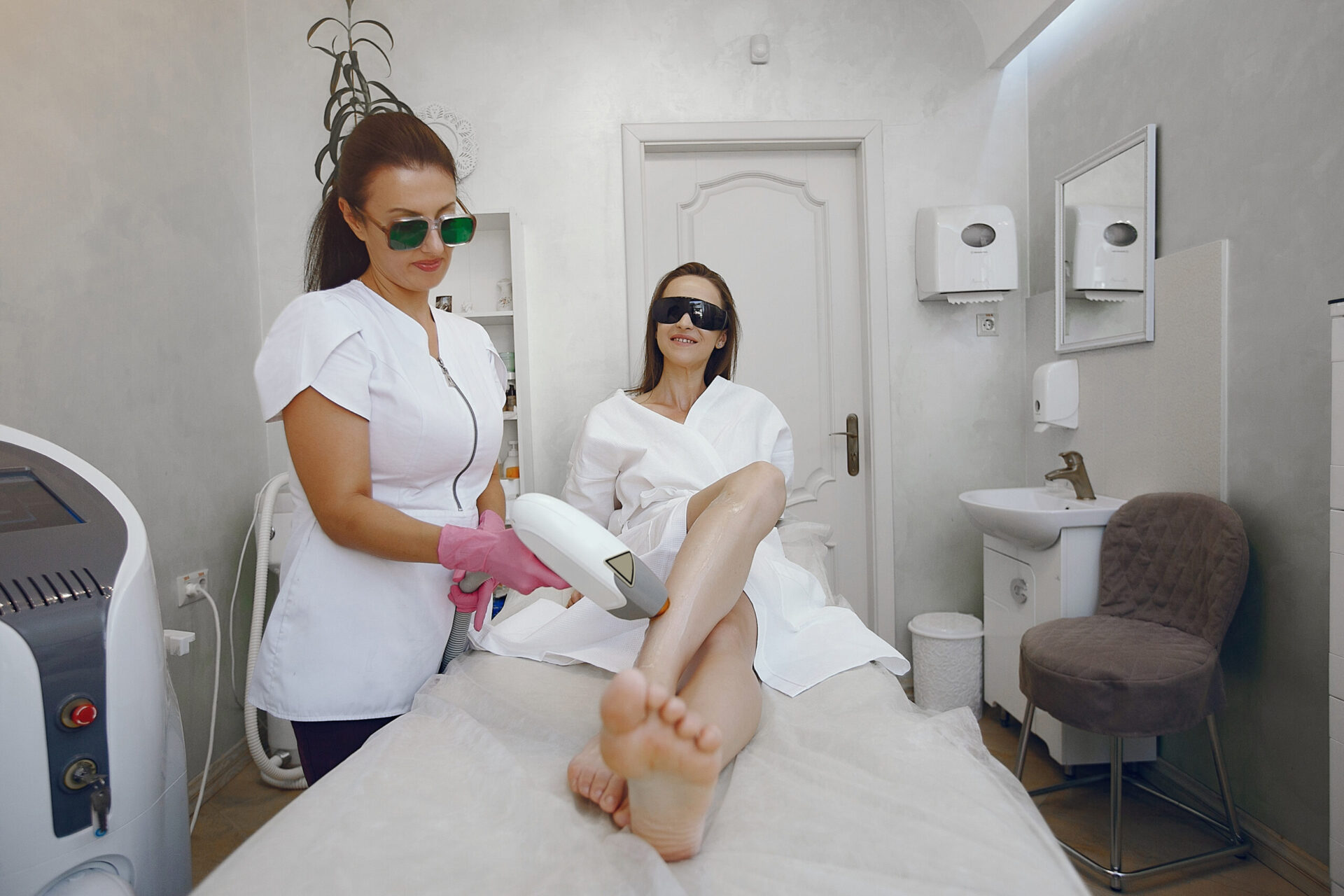
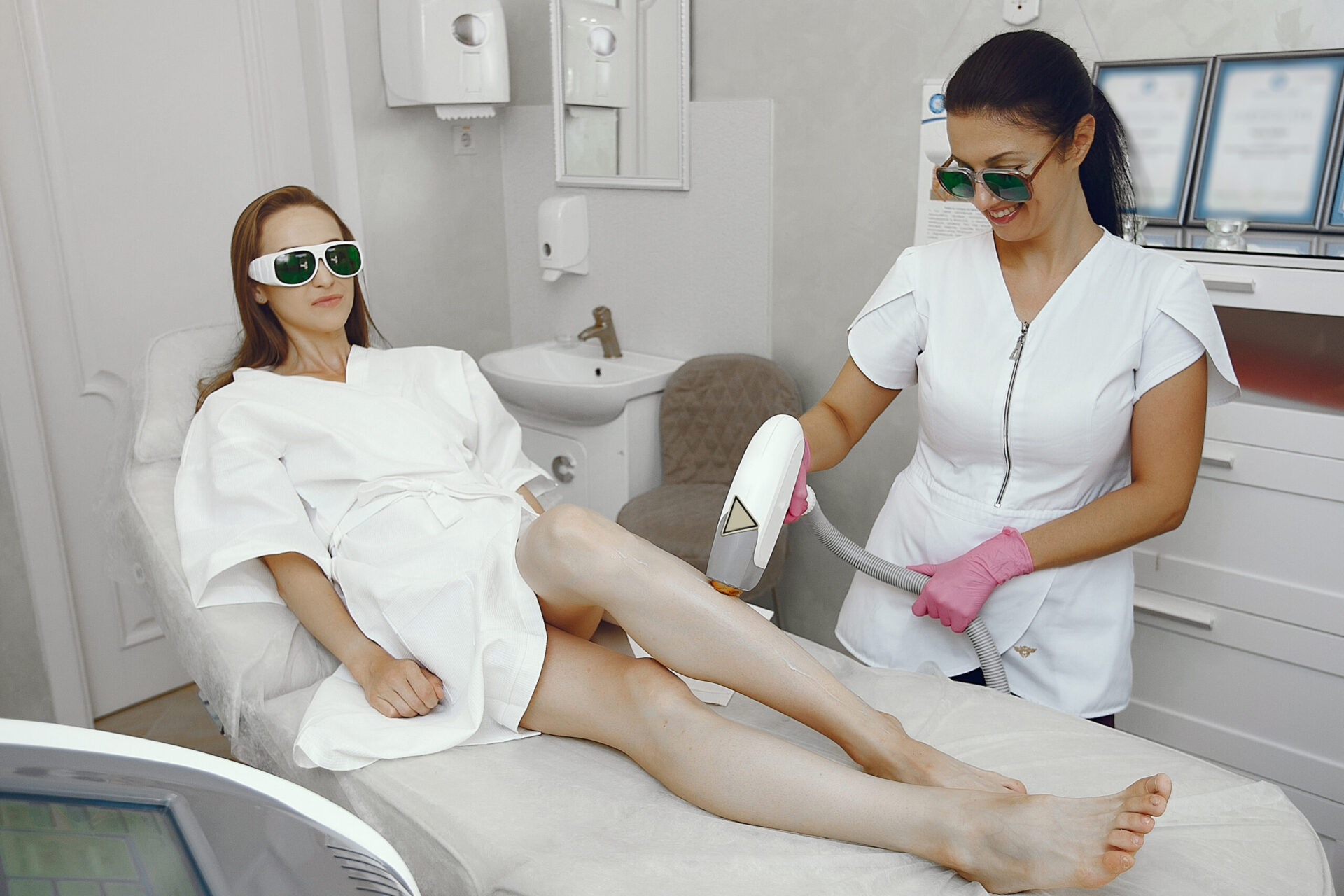
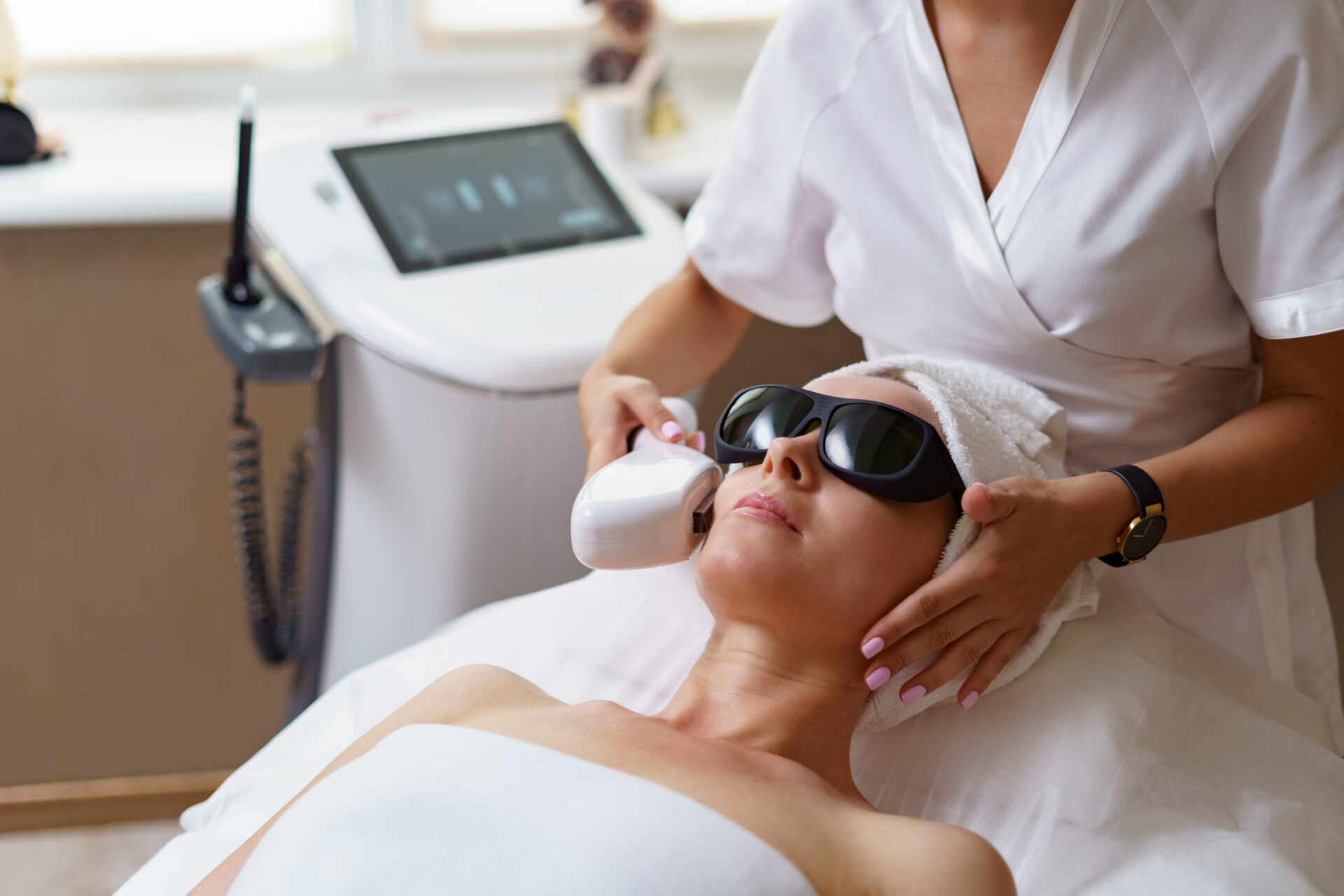
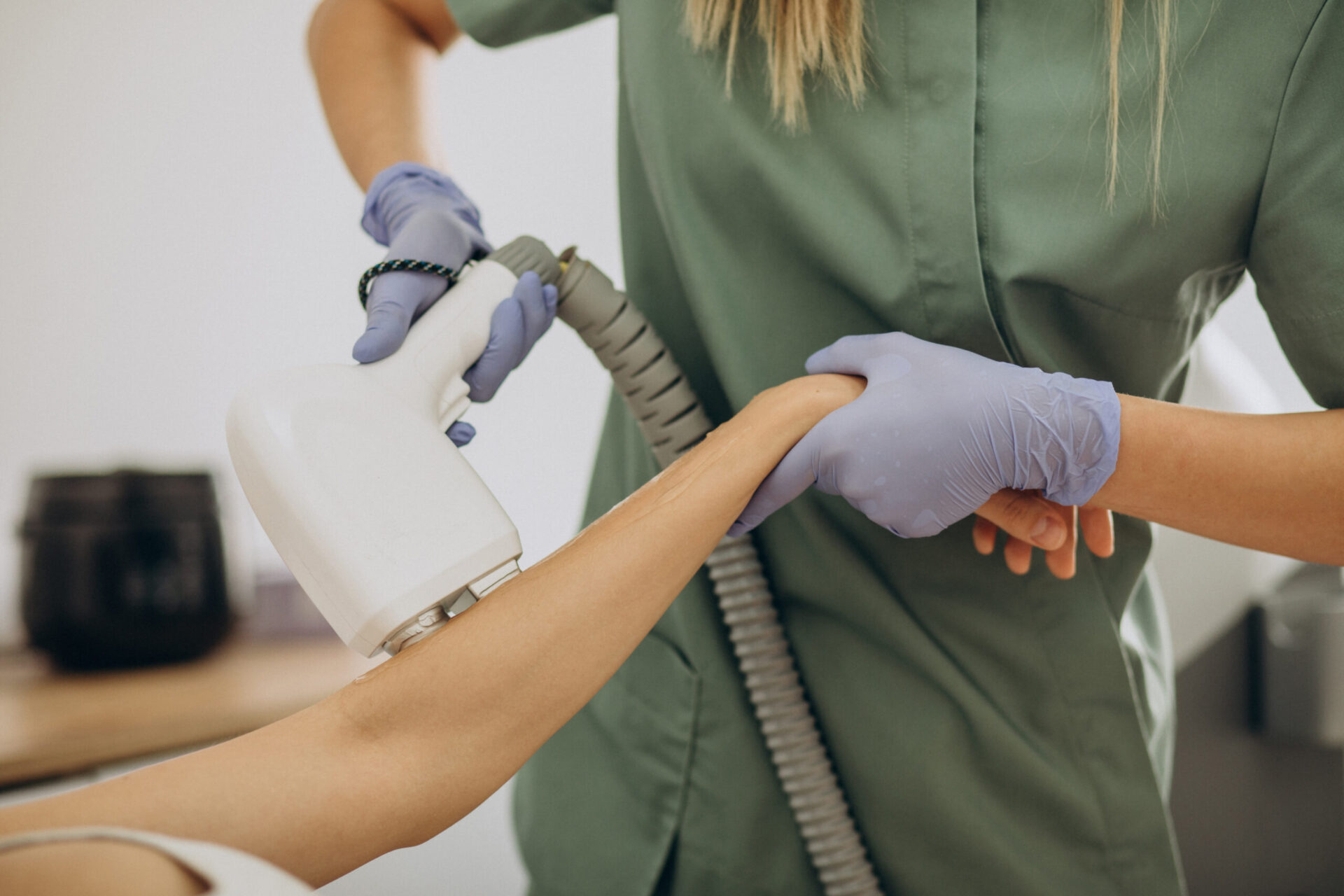
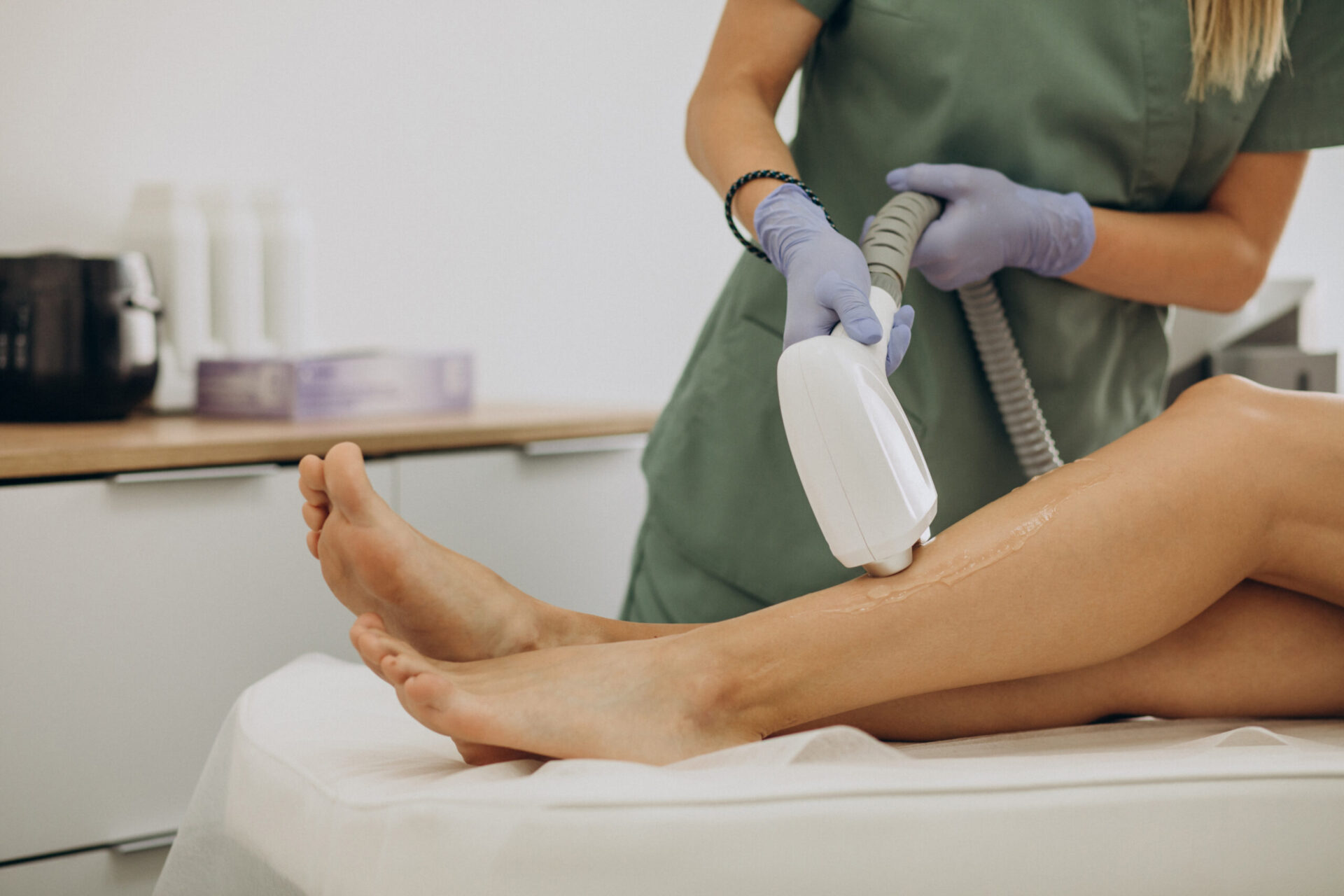


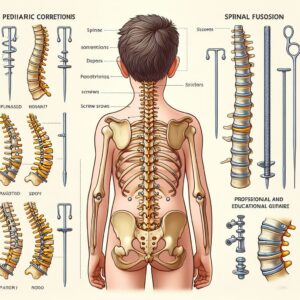
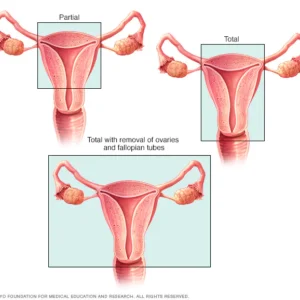
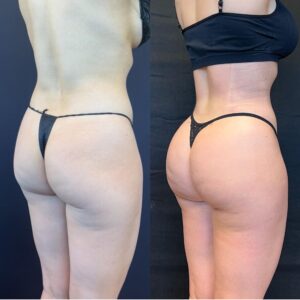

Reviews
There are no reviews yet.